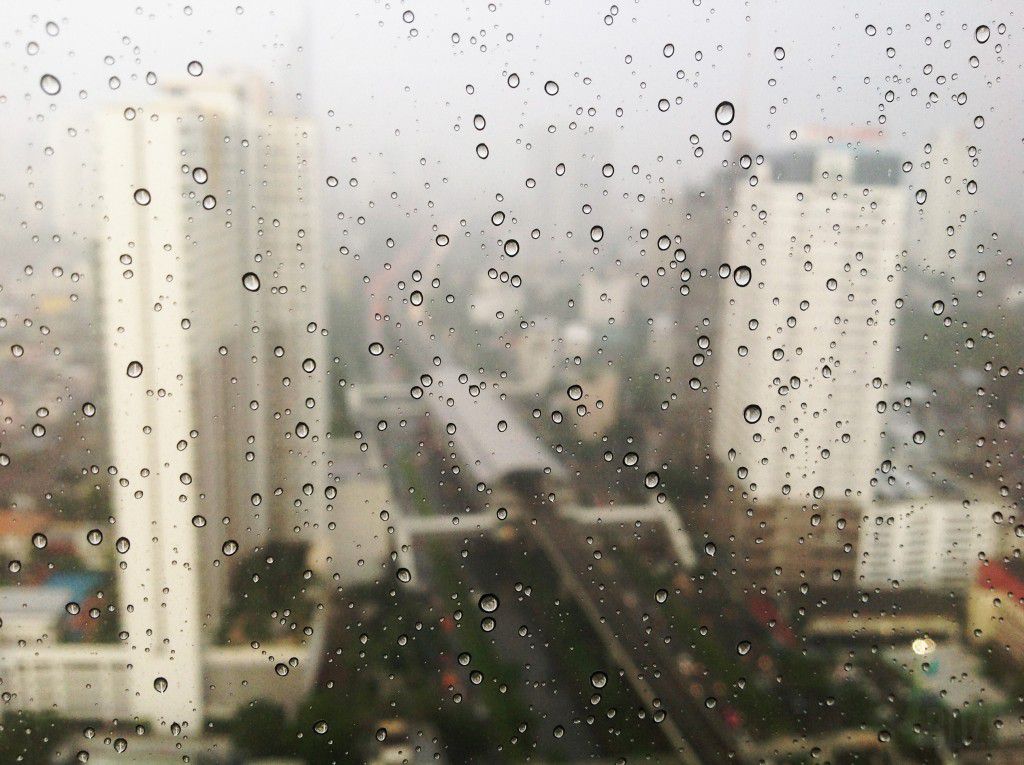High humidity levels can often be a contributing factor or cause of mold growth. Too much humidity in a home can lead to mold and mildew proliferation, especially during wet seasons. It is important to moderate these humidity levels and take steps to reduce them if they become too high. Prevention is the most important aspect in keeping mold at bay. Below are some suggestions to help monitor and decrease humidity in the home.
1/ Determine if your humidity levels are high
An indoor humidity monitor can help distinguish if you need to reduce your levels. The EPA suggests reducing humidity levels to 30-60% indoors (ideally 30-50%) to decrease and prevent mold propagation. Condensation on or around windows is a good indication that moisture levels are too high. Act quickly to remedy the situation before mold begins to take root and becomes a much larger issue.
2/ Increase ventilation
Be sure to use properly vented exhaust fans while cooking and dishwashing, etc, to reduce the moisture in the air. Ensure that ventilation throughout the home is adequate and used, especially in the bathroom.
3/ Buy a dehumidifier
If you live an an area with high humidity, or you just can’t seem to get the levels under control in your home, an adequate dehumidifier may be needed to prevent mold and mildew growth in your home. Make sure you purchase one that will cover the square footage necessary.
Krystle Reeves assists in managing MoldBlogger.com, a website dedicated to providing a place to share and receive information that will better allow individuals to fight and conquer toxic mold and the consequences of mold exposure, and also blogs at Where the Green Things Grow where she shares her adventures and challenges in gardening, parenting, and life.
This post contains affiliate links. See full disclosure here.


4 comments